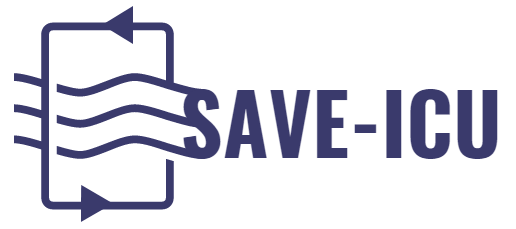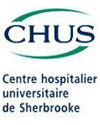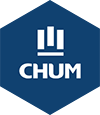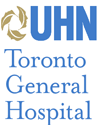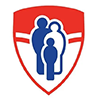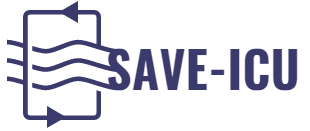Our Philosophy
- We believe that innovation happens at the intersection of disciplines
- We foster creation of interdisciplinary teams that share expertise to solve difficult problems
- Our teams adhere to the principles of equity, diversity, inclusion, respect, and honesty
- We acknowledge importance of teams in all our work
- We promote growth and promotion of young investigators
Our History
North American research of sedation using inhaled anesthetics in the intensive care units started at the University of Toronto with early pilot safety and efficacy studies in 2010. The SAVE program of research was founded at the start of the COVID-19 pandemic in Spring of 2020 with the launch of our flagship study, the SAVE-ICU randomized controlled trial. SAVE-ICU is a multi-centre, pragmatic, open-label randomized controlled trial with a parallel cohort observational study comparing the effects of inhaled versus intravenous sedatives on a hierarchy of patient (mortality, quality of life) and health-system (ventilator- and ICU-free days) outcomes in patients with respiratory failure.
Since inception, our team has grown to include clinical trialists, clinical epidemiologists, statisticians, healthcare economists, neuroscientists, imaging scientists, neuroradiologists, neurologists, basic scientists, adult and pediatric critical care physicians, respiratory therapists, nurses, pharmacists, and trainees.
Since inception, our team has grown to include clinical trialists, clinical epidemiologists, statisticians, healthcare economists, neuroscientists, imaging scientists, neuroradiologists, neurologists, basic scientists, adult and paediatric critical care physicians, respiratory therapists, nurses, pharmacists, and trainees. We initiated several SAVE-ICU sub-studies including health economic analysis, assessment of neurocognitive and psychiatric outcomes, and evaluation of various biomarkers. Our trainees have launched several systematic reviews to collate existing knowledge and inform future research.

Studies
In addition to our flagship pragmatic multicenter SAVE-ICU RCT, we have a number of related studies including economic analysis of the SAVE-ICU RCT, sub-studies examining neurocognitive and biomarker outcomes in SAVE-ICU RCT participants, retrospective analyses of the SAVE-ICU RCT, surveys of stakeholders, and systematic reviews.

Faculty
Our faculty includes clinicians and scientists from academic institutions across Canada who specialize in the following disciplines: anesthesiology, critical care, diagnostic radiology, peadiatrics, pharmacy, biomedical engineering, clinical research, epidemiology, health policy, immunology, medical biophysics, physiology & pharmacology, physical medicine and rehabilitation, and neuroscience.

Staff
Our research staff, respiratory therapists, nurses, and pharmacists were central to initiating and supporting SAVE-ICU RCT, including education, development of standard operating procedures, and day to day management and delivery of the trial.

Trainees
Our trainees include undergraduate, graduate and medical students, residents and clinical fellows. Through participation in the SAVE-ICU program of research, the trainees get exposed and learn basic science, neuroscience, imaging and clinical research methods.

Patients
Our trial would not be possible without the participation of our patients and the support of their families and friends. Here you can find general information about our trial and associated studies.
Our progress to date
“We are an interdisciplinary team of researchers working to advance our understanding of sedation practices in critical care.”
Our Partners
Our research is made possible through generous support of our funders and research partners. We would like to thank Canadian Institute of Health Research, Government of Ontario, London Health Sciences Foundation, Sunnybrook Alternative Funding Plan for their generous financial support of our research.
We also would like to thank and acknowledge Sunnybrook Research Institute and Lawson Research Institute for supporting our research infrastructure, and the following hospitals for enabling our research:
